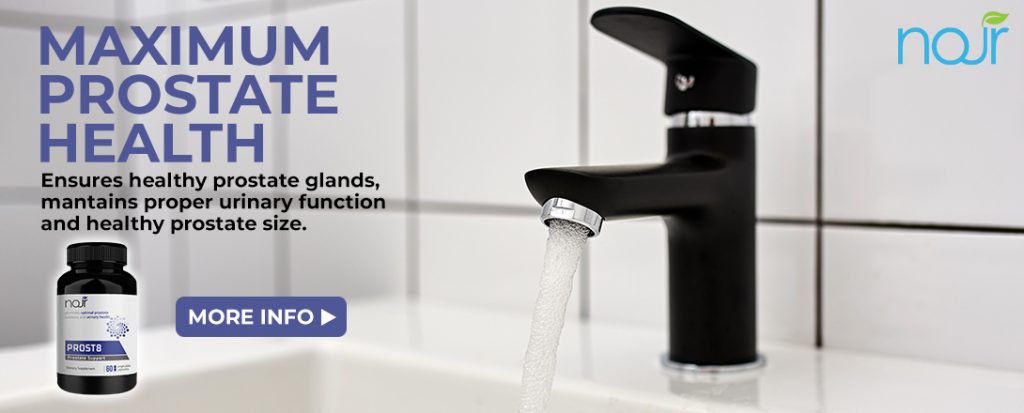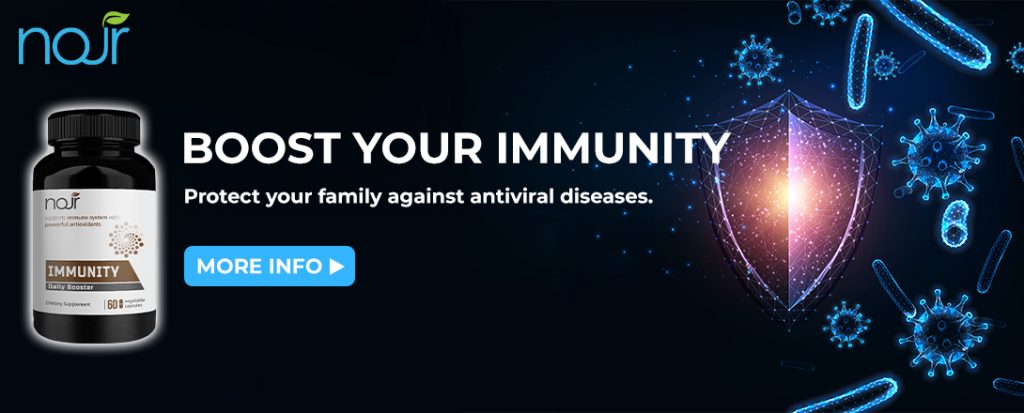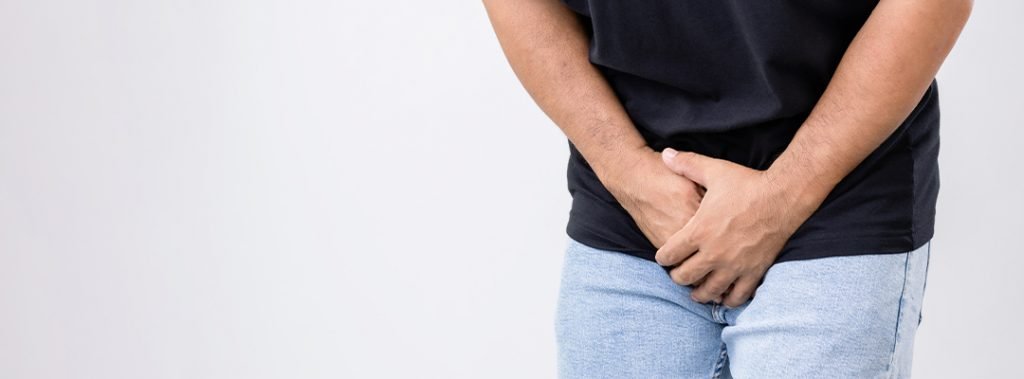Prostatitis is a common condition that involves inflammation or an infection of the prostate gland. It’s estimated that prostatitis symptoms affect 35 to 50 percent of men during their lifetime. And unlike an enlarged prostate and prostate cancer, which commonly affect older men, prostatitis affects men of all ages, especially those between the ages of 20 and 40.
The severity of symptoms vary, but most men with prostatitis suffer from painful urination; pain in the pelvic area, groin and lower back; flu-like symptoms; and issues during intercourse, such as painful ejaculation and erectile dysfunction. there are natural and safe ways to relieve prostatitis symptoms that will help you to feel like yourself again.
7 Natural Ways to Relieve Prostatitis Symptoms
1. Take Quercetin
Quercetin is a type of flavonoid antioxidant that helps to reduce inflammation and pain associated with nonbacterial prostatitis. Research suggests that quercetin can be helpful for men with bladder or prostate symptoms and pelvic floor pain or spasms. Patients with chronic prostatitis showed significant improvement and reduced inflammation over the placebo group.
2. Try Bee Pollen
Bee pollen may be effective in prostatic conditions because of its anti-inflammatory, analgesic and anti-androgen effects. In fact, the efficacy of bee pollen has been compared to anti-inflammatory drugs like naproxen and indomethacin.In nonbacterial prostate inflammations, pollen improves the condition of patients by effectively removing the pain.
The most common way to use bee pollen is to mix ground pollen with foods, like cottage cheese, yogurt, juices or smoothies. To reduce inflammation and boost your prostate health, I suggest taking 1 teaspoon of ground pollen three times a day.
3. Take Saw Palmetto
One of the most well-known saw palmetto benefits is its ability to improve prostate health and urinary dysfunction in a natural way. According to the research, saw palmetto can actually bind to receptors in the lower urinary tract, thereby improving urinary symptoms of prostatitis like overactive bladder and BPH symptoms.

4. Avoid Inflammatory Foods
To relieve prostatitis symptoms, avoid trigger and inflammatory foods like refined carbohydrates, gluten, sugar and artificial sweeteners, spicy foods, acidic foods, alcohol and too much caffeine. These foods, and other trigger foods that cause allergic reactions, lead to inflammation in the body and can contribute to pain in the pelvic and lower abdominal areas.
Sometimes it’s not the typical inflammatory foods that are leading to prostatitis symptoms, but food allergies or intolerances that cause inflammation and pain. An elimination diet involves removing common allergens from your diet, including gluten, dairy, soy, refined sugars, peanuts, corn, alcohol, eggs and packaged or processed foods. After about six weeks of avoiding these foods, your symptoms may begin to dissipate. If that’s the case, then you know that one of these foods is the culprit. One by one, begin adding these foods back into your diet and pay close attention to how your body reacts — this will help you to pinpoint what specific food is causing the problem.
5. Try Biofeedback Therapy
Biofeedback therapy is a type of training that teaches patients to control involuntary physiological processes, helping you to relax your muscles and reduce pain.Patients with nonbacterial prostatitis significantly improved their symptoms with biofeedback therapy. Some of the symptoms that were improved include pain or discomfort in the genital, groin and rectal areas. Researchers concluded that biofeedback therapy is a safe and effective therapy for chronic pelvic pain
6. Practice Pelvic Floor Training
Pelvic floor muscle training can help to improve a variety of clinical circumstances impacting men, including pelvic pain, urinary incontinence, overactive bladder, dribbling after urinating, erectile dysfunction and ejaculation issues.
Men with chronic pelvic pain syndrome can practice kegel exercises to relieve their symptoms. First, identify your pelvic floor muscles by stopping urination in midstream — the muscles used to do that are your pelvic floor muscles. To do a kegel, tighten the pelvic floor muscles and hold the contraction for five seconds, then relax for five seconds. Keep repeating this method and as you increase your pelvic floor strength, hold the muscle contractions for longer. To make an impact, you’ll have to do kegels everyday, so make it a daily practice, doing about three sets of kegels, at 10 reps per set.
7. Eat Healing Foods
Eating a balanced diet is one of the cornerstones of prostatitis treatment. This means consuming whole and natural foods that help to reduce inflammation, heal your gut and boost your immune system. Consume the following foods regularly:


